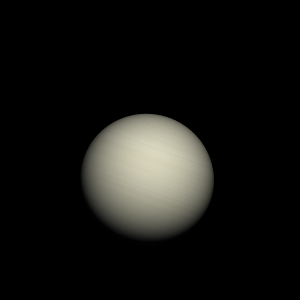|
|
Space Astro
|
Info for exoplanet "Wengc Waiz"
| Scientific (actual) data |
|---|
| Name | Kepler-1660 (AB)b |
| Planet status | Confirmed |
| Planet mass | 4.89 |
| Orbital period | 239.48 |
| Semi major axis | 1 |
| Orbit eccentricity | 0.055 |
| Inclination | 80.17 |
| Discovered | 2014 |
| Updated | 2024-08-12 |
| Omega | 313.4 |
| Tperi | 2455000 |
| Publication | Published in a refereed paper |
| Detection type | Timing |
| Mass measurement type | Timing |
| Alternate names | KIC 5095269 (AB)b, KOI-6518 (AB)b |
| Star name | Kepler-1660 (AB) |
| Right ascension | 290.55° |
| Declination | 40.24° |
| Mag v | 13.59 |
| Mag j | 12.5 |
| Mag h | 12.22 |
| Mag k | 12.21 |
| Star distance | 1188.54 |
| Star metallicity | -0.36 |
| Star mass | 1.24 |
| Star radius | 1.881 |
| Star sp type | F7IV+G0IV-V |
| Star temperature | 6305.24 |
| Star alternate names | KIC 5095269, KOI-6518 |
| Wikipedia article | Kepler-1660 (AB)b |
Back
| |
| Fictional info (?) |
|---|
| Suggested name | Wengc Waiz |
| Planet type | Large cold gas giant |
| As seen from Kepler-1660 (AB), in a frame of reference that rotates with the orbital motion, it appears to rotate only once every two years.
It may have had hydrogen peroxide oceans in the past, but these would have vaporized as the temperature rose due to a runaway greenhouse effect.
A prominent result is the "great white spot", a giant storm that is known to have existed for centuries since it was first seen by telescope. |
| Atmosphere | Hydrogen deuteride (HD) | 62% |
| Neon | 20% |
| Hydrogen peroxide | 12% |
| Ammonium hydrosulfide (NH4SH) | 5.3% |
| Atmospheric pressure | 0.003 bar |
 |
| No known satellites |
| Google search for Wengc waiz |
|
Website by Joachim Michaelis
|
|
|
|